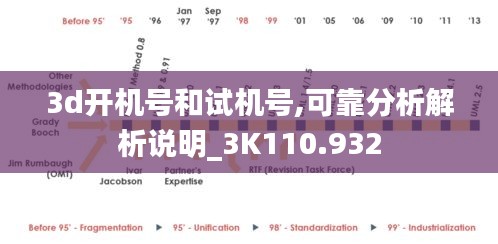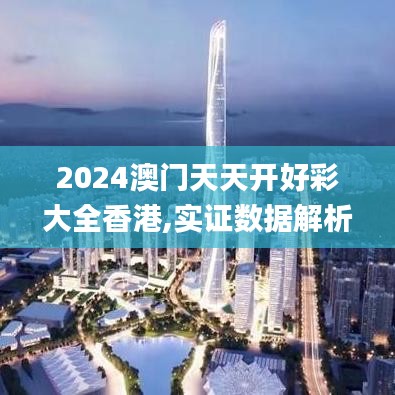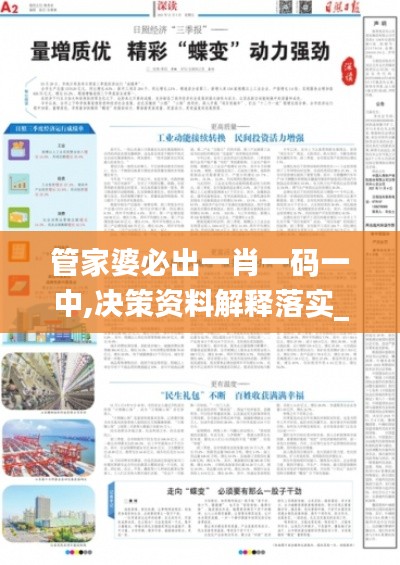Navigating the Urban Jungle: The Importance of Real-Time Traffic Information
标题:Navigating the Urban Jungle: The Importance of Real-Time Traffic Information
Introduction to Real-Time Traffic Information
In today's fast-paced world, efficient and reliable transportation is crucial for both personal and professional lives. The urban landscape is constantly evolving, with traffic patterns changing rapidly due to various factors such as weather conditions, roadwork, and special events. This is where real-time traffic information plays a pivotal role. By providing up-to-date data on road conditions, real-time traffic information helps drivers make informed decisions, reducing travel time and improving overall efficiency on the roads.
How Real-Time Traffic Information Works
Real-time traffic information is gathered through a combination of sensors, cameras, and data analytics. Here's a breakdown of how it works:
- Sensors: These devices are strategically placed along roadways to monitor traffic flow, speed, and congestion levels. They can detect vehicles, count them, and measure their speed.
- Cameras: High-definition cameras are installed at intersections and key points along the road to capture real-time images of traffic conditions.
- Data Analytics: Advanced algorithms process the data collected by sensors and cameras to identify patterns, predict traffic congestion, and provide accurate information to users.
This data is then transmitted to a central database, which can be accessed by various platforms such as GPS navigation systems, smartphone apps, and traffic websites.
The Benefits of Real-Time Traffic Information
Real-time traffic information offers numerous benefits to both drivers and the overall transportation system:
- Reduced Travel Time: By providing drivers with the most current information on road conditions, real-time traffic information helps them choose the best routes, avoiding congestion and delays.
- Improved Safety: Drivers can take necessary precautions when encountering adverse traffic conditions, such as sudden road closures or accidents, reducing the risk of accidents.
- Environmental Impact: By reducing travel time and congestion, real-time traffic information contributes to lower fuel consumption and reduced emissions, benefiting the environment.
- Enhanced Urban Planning: City planners and transportation authorities can use real-time traffic data to optimize traffic flow, improve infrastructure, and plan for future developments.
Real-Time Traffic Information in Practice
Several cities around the world have implemented real-time traffic information systems to improve their transportation networks. Here are a few notable examples:
- New York City: The city's Department of Transportation (DOT) uses real-time traffic data to manage traffic flow, optimize signal timing, and inform the public through various platforms.
- Tokyo: The Japanese capital employs an extensive network of sensors and cameras to monitor traffic conditions, providing real-time information to drivers and commuters.
- London: The city's congestion charge zone utilizes real-time traffic data to manage traffic flow and reduce congestion, with information being made available to the public through various channels.
Challenges and Future Developments
While real-time traffic information offers significant benefits, there are challenges that need to be addressed:
- Data Privacy: The collection and use of personal data raise privacy concerns, and it's essential to ensure that data protection measures are in place.
- Reliability: Ensuring the accuracy and reliability of real-time traffic data is crucial, as incorrect information can lead to poor decision-making.
- Integration: Integrating real-time traffic information with other transportation systems, such as public transit and bike-sharing services, can provide a more comprehensive view of urban mobility.
Looking ahead, future developments in real-time traffic information include:
- Autonomous Vehicles: As autonomous vehicles become more prevalent, real-time traffic information will be essential for optimizing their navigation and ensuring safe, efficient travel.
- Smart Cities: Real-time traffic information will play a crucial role in the development of smart cities, where data-driven decision-making will improve urban living conditions.
- Artificial Intelligence: The integration of artificial intelligence will further enhance the accuracy and predictive capabilities of real-time traffic information systems.
Conclusion
Real-time traffic information is a vital tool for navigating the complexities of urban transportation. By providing drivers with the most current data on road conditions, it helps reduce travel time
Green Nature Travel Guide: Discover Nature in English with Our Travel Guide
The Ultimate Guide to Real-Time Synchronized English Live Streaming Software
Breaking Barriers: The Revolution of Real-Time Translation in English Edition Books
The Revolution of Real-Time English Video Translation Tools
雪鹰传激活码与popong官方下载,实地数据验证实施&ChromeOS_v2.469
转载请注明来自四川春秋旅游有限责任公司锦绣路分社,本文标题:《Navigating the Urban Jungle: The Importance of Real-Time Traffic Information》













 蜀ICP备17014439号-1
蜀ICP备17014439号-1